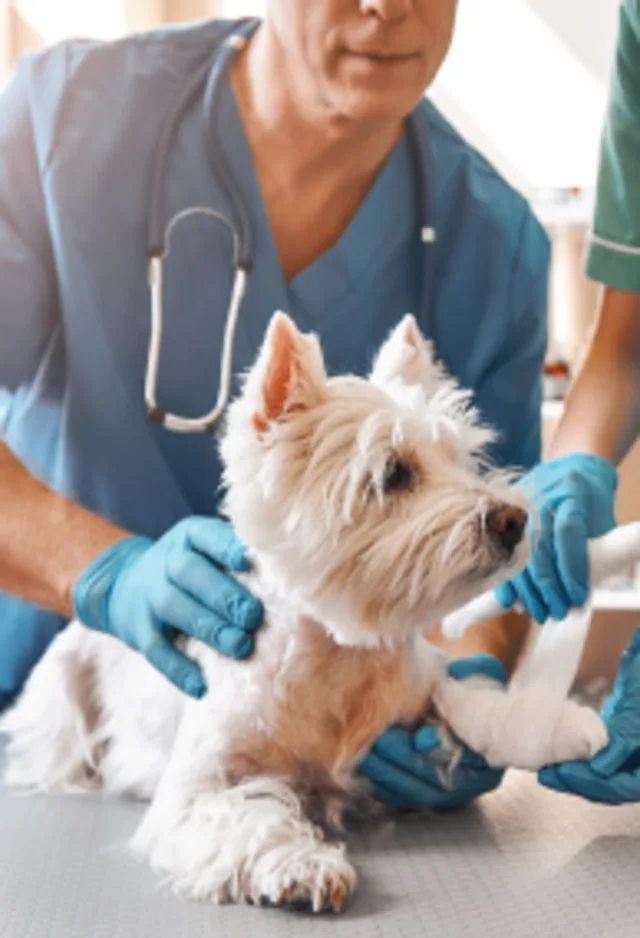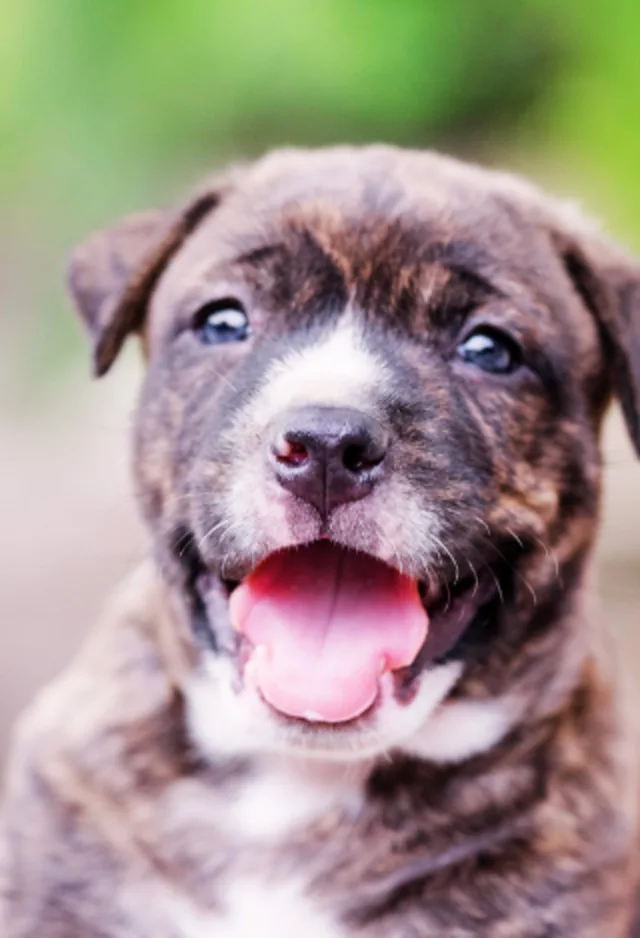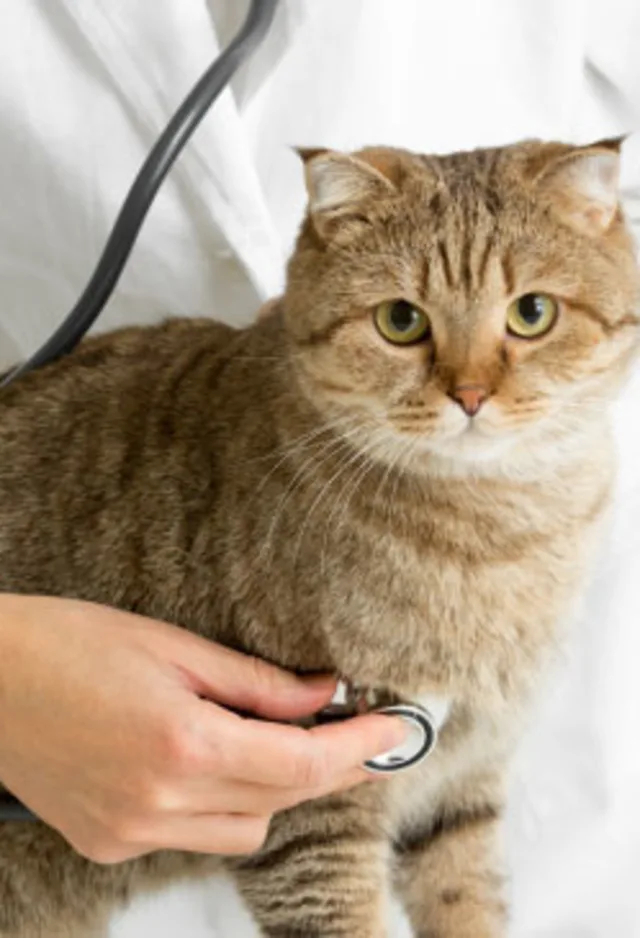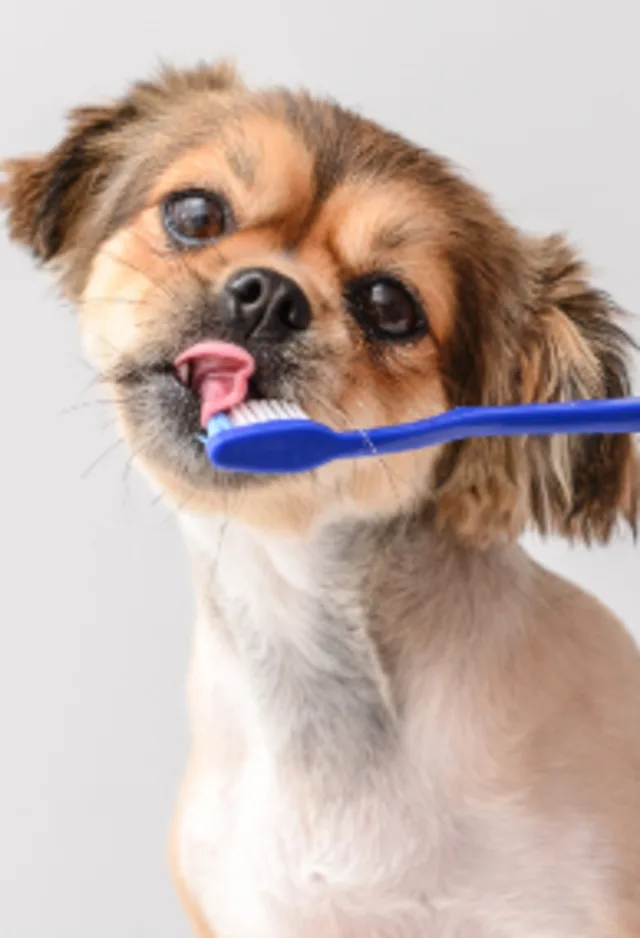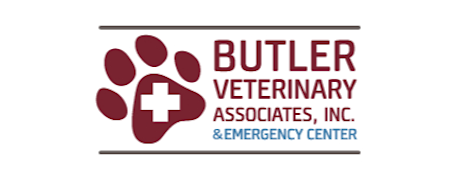Butler Veterinary Associates & Emergency Center

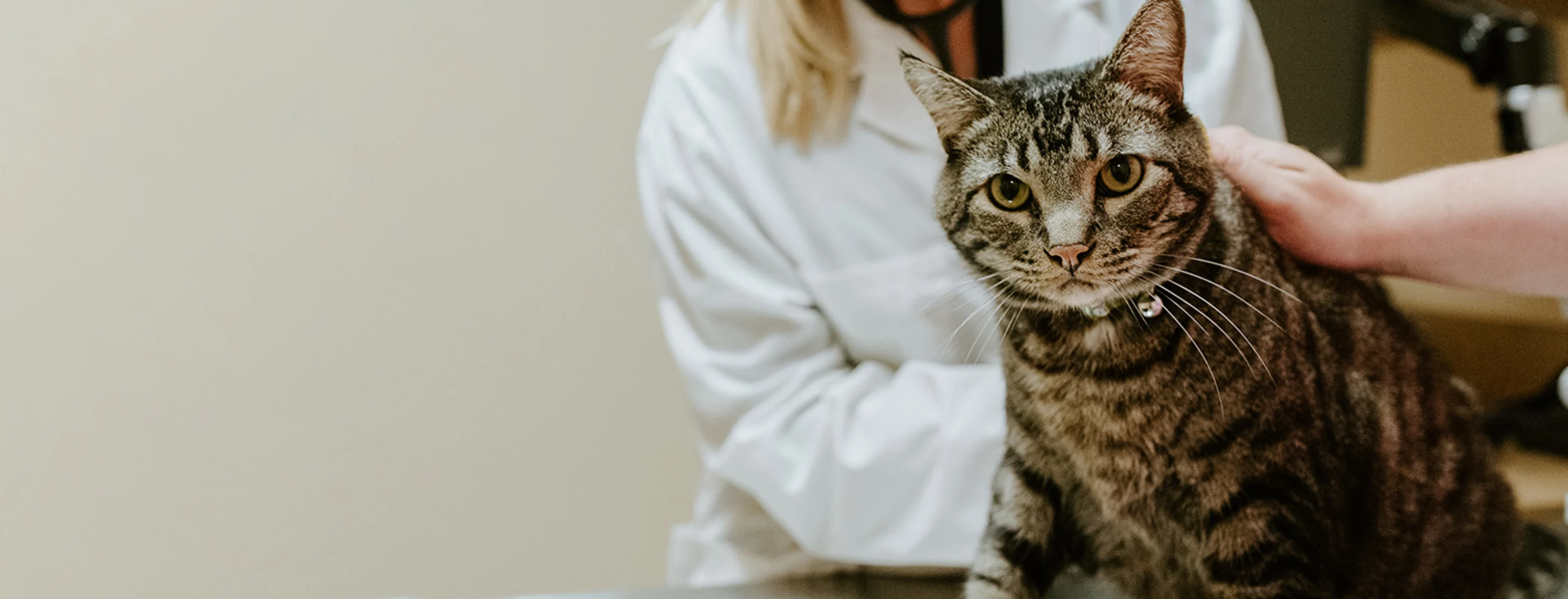
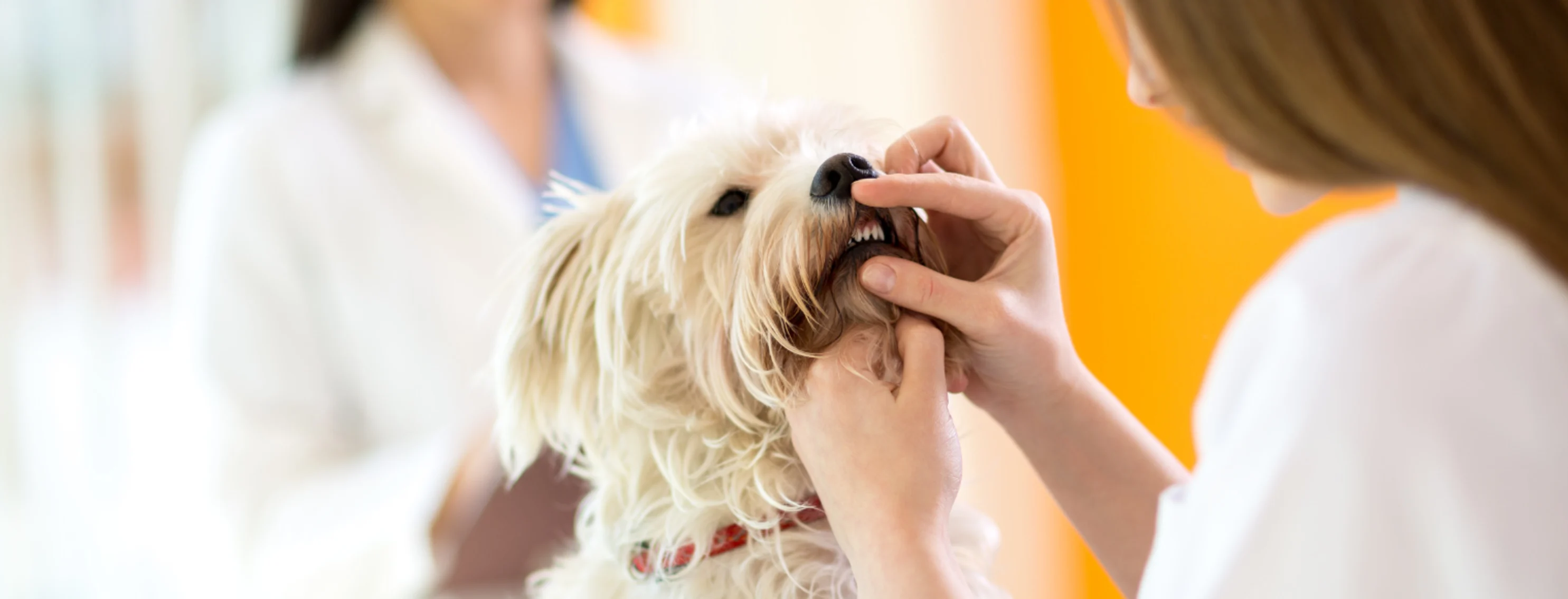
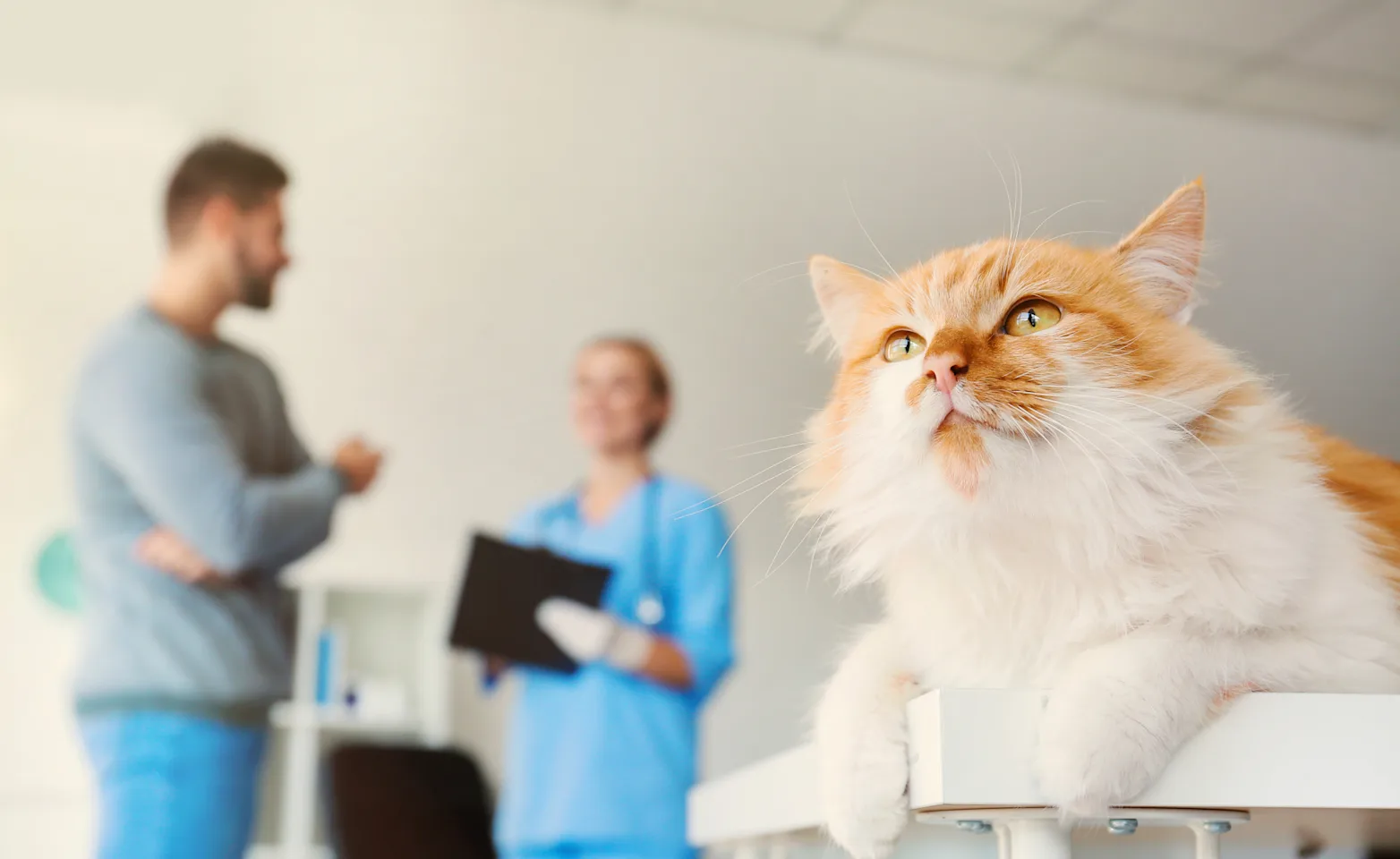
Client and Community Education
Client education is a priority at Butler Veterinary Associates. The doctors and staff are committed to providing you with a thorough explanation of your pet’s medical condition, including information regarding any diagnostic or test procedures that will be performed. We are happy to answer all of your questions.
Client Testimonials & Reviews
Our staff at Butler Veterinary Associates and Emergency Center values feedback from our clients. Here is just a small sample of the hundreds of happy and healthy pets that we have cared for since 1992.
